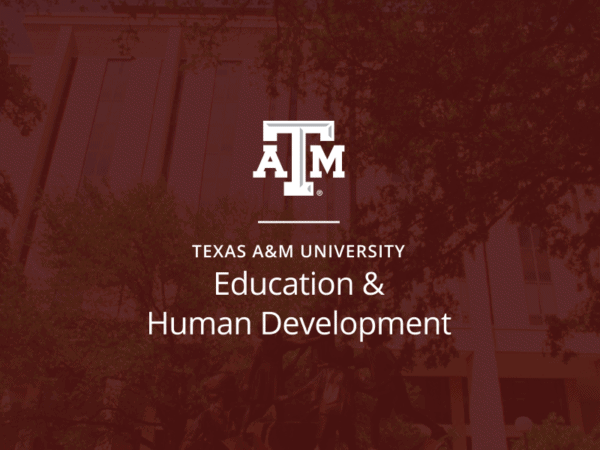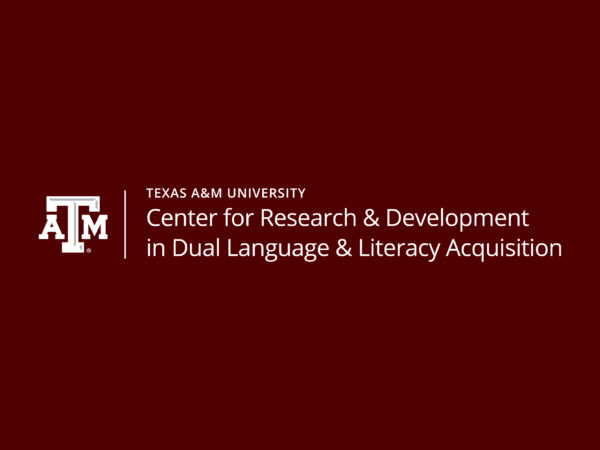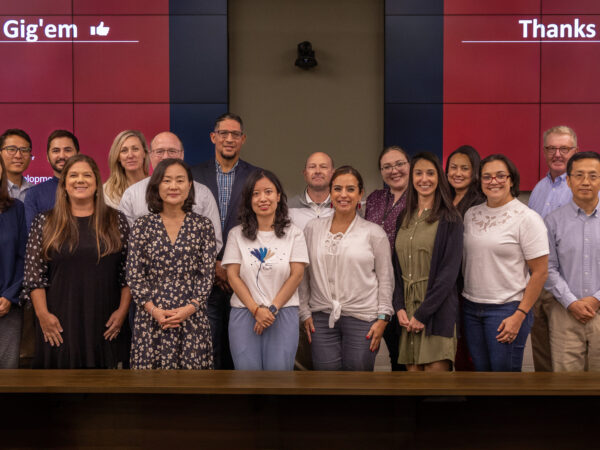Embracing all the world’s Englishes
English is the most widely spoken language in the world. More than 1.3 billion people speak English, whether it is their first or second language. However, not everyone’s English is the same. As the use of the language around the world grows, so do its variations.
The varieties, known as World Englishes, are diverse, reflect local and indigenous cultures and languages, and differ from Standard English in pronunciation, grammatical structure and vocabulary.
Dr. Zohreh Eslami, professor in the Department of Educational Psychology, was led to the latest findings on pre-service teachers’ lack of familiarity with different varieties of English in the world because of her interest in studying intercultural communication.
Eslami found pre-service teachers are not often exposed to World Englishes nor do they regularly interact with speakers from a variety of linguistic backgrounds.
Eslami said the variations in English have implications for teacher education programs:
- Teachers need guidance on how to negotiate miscommunications that result from linguistic differences.
- The use of cultural materials from diverse sources must be emphasized in teacher training programs, particularly those that include speakers of English from a variety of backgrounds.
- Teachers need early exposure to these World Englishes in order to be prepared to tackle challenges resulting from English varieties.
“It is imperative to incorporate a World English perspective into teacher education programs so that teachers will be adequately prepared for diverse learners,” said Eslami. “Teachers who accept the validity of a variety of Englishes within the U.S. and throughout the world are not focused on remedying perceived deficits in their students’ linguistic heritages. Instead, these teachers can be more effective because their students gain confidence when they are introduced to a broader world view in a classroom focused on what each student has to contribute.”
Her solution involved implementing an interventional study to raise awareness and explore ways to assist pre-service teachers in communicating with WE speakers.
Based on several successful curriculum pieces available from prior research, Eslami and the research team developed six activities to expose pre-service teachers to world Englishes.
ACTIVITY 1
Stereotypes based on accents: The pre-service teachers listened to several audio clips from speakers of European and Asian descent. The participants said this activity made them more aware of challenges faced by many language learners and stereotypes surrounding them.
ACTIVITY 2
Accent usage in children’s movies: Preservice teachers were tasked with focusing on why many villainous characters have foreign accents. The goal of this activity was to inspire pre-service teachers to analyze movies, books and teaching materials they may use in their future classrooms.
ACTIVITY 3
Varieties of English: Preservice teachers watched several video clips of different speakers of Indian English and discussed the prejudices towards these varieties of English.
ACTIVITY 4
Interaction with international students: The students discussed their own varieties of English and the impact of different varieties of English in their respective countries. The pre-service teachers also reflected on how they would address the different varieties of English present in their own classrooms based on this interaction.
ACTIVITY 5
Miscommunications between speakers: pre-service teachers were given spoken and written examples of miscommunications based on different aspects of language such as pronunciation and vocabulary. They were able to formulate ways to handle similar issues between themselves and their future students and families. They indicated this was an effective preparatory activity to guide their communication with students in their own classroom.
ACTIVITY 6
Confronting individual prejudices and their impact on students’ learning: The pre-service teachers watched the documentary American Tongues to get a closer view of accent variation in the United States. Many said they were surprised to learn how prevalent accent-related judgments are and how they lead to assumptions about character, intelligence or even discrimination.
Activity Impact
While Eslami said the interventions did not completely change the perception of the pre-service teachers, it still made an impact on the way they viewed others. She said it was a necessary step towards exploring a topic that pre-service teachers may not otherwise be introduced to.
“The combination of real-life examples and reflective activities not only exposed the pre-service teachers to indigenous varieties of English, but also allowed them to explore their underlying assumptions about non-native speakers, thus eliminating some of the current biased perceptions of World Englishes.”
These lessons, Eslami said, could easily be incorporated into undergraduate education courses to reach pre-service teachers.
“Other teacher education programs can implement similar activities to familiarize future teachers with English diversity, to increase their cultural awareness and confront their own preconceived notions about the English language,” said Eslami.
Eslami knows this may not be an easy task. She said it is imperative that all parties involved know incorporating a variety of Englishes does not mean removing the standardized varieties. Instead, she views the addition of World Englishes as an enrichment of the curriculum.
What’s Next
Despite the positive feedback from the activities, Eslami said the pre-service teachers still struggled with the idea of communication being the responsibility of both native and non-native speakers.
She suggests future research should consider providing more opportunities for pre-service teachers to speak with World Englishes users and more instruction on strategies for intercultural communication.
“We also suggest that some of the activities involving adult speakers of World Englishes should be replaced with children or adolescents so that the participants could make an explicit connection between theory and practice,” said Eslami.
About the Writer
Ashley is the Media Relations Coordinator and responsible for news coverage in the Department of Teaching, Learning and Culture as well as the Department of Educational Psychology.
Articles by AshleyFor media inquiries, contact Ashley Green.
Fundraising
To learn more about how you can assist in fundraising, contact Amy Hurley, Director of Development ahurley@txamfoundation.com or 979-847-9455












